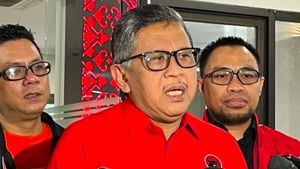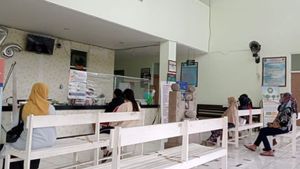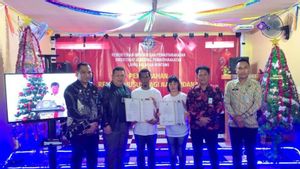The researchers at the United States Aeronautics and Space Agency (NASA) recently flew Alta-8, a small unmanned aircraft system.
In an aerial taxi research, the drone was flown off the line of sight and without a visual observer. As a result, all the drones examined managed to fly around various obstacles after takeoff.
In addition, this drone is also capable of flying some of the routes planned by the researchers and can land properly without any obstacles. All of these achievements can be done independently or without the help of a pilot.
Vehicles and airspace were not monitored using human observations directly, showing years of research in automation and safety systems," said NASA Aviation System Technical Technical Branch Lou Glaab.
SEE ALSO:
- https://voi.id/teknologi/340858/menanti-keputusan-sec-soal-etf-bitcoin-spot-pada-10-januari-2024
- https://voi.id/teknologi/340855/binance-dan-changpeng-zhao-didenda-rp-66-triliun-oleh-cftc-as
- https://voi.id/teknologi/340853/tether-kerja-sama-dengan-fbi-dan-doj-stablecoin-usdt-malah-depeg-dari-nilai-dolar
- https://voi.id/teknologi/340840/siapkan-dana-rp1-2-triliun-tokoh-penting-di-industri-kripto-bersatu-dukung-capres-pro-kripto
- https://voi.i
This air taxi test is a testament to the progress of the Alta-8. Later, when this drone has passed all the testing stages, this technology will be added to air taxis to carry larger passengers.
In addition to testing drones for air taxis, NASA researchers are also testing elements of automation technology using helicopters. This element will be added to air taxis if the technology is able to handle traffic problems.
"We have to ensure that the automation technology of this vehicle is able to handle large amounts of air traffic safely at one time in a busy area," said Glaab.
The English, Chinese, Japanese, Arabic, and French versions are automatically generated by the AI. So there may still be inaccuracies in translating, please always see Indonesian as our main language. (system supported by DigitalSiber.id)











